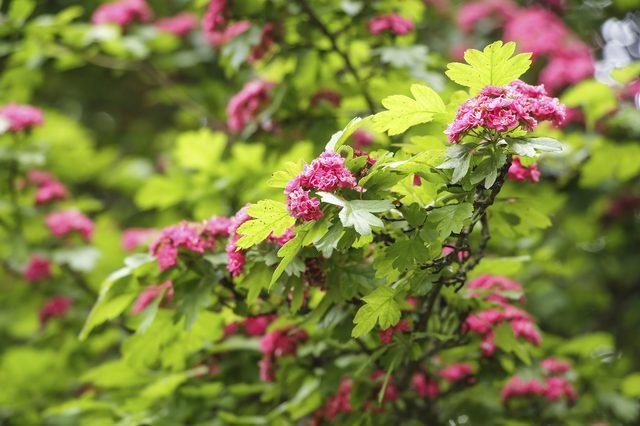*Remember to always consult a doctor if you plan to medicate with natural plants.
Wonder Plant #007 - Hawthorn (Crataegus Oxyacantha), hope for heart health

Also called May Bush, Thorn-Apple Tree and White Thorn, Hawthorn is plant from the rose family with a history that dates back to ancient Greece and Rome. In these times, this amazing plant was associated with hopes, marriage and newborns, and it was dedicated to the god of marriage, Hymen. The plant was wrapped around sticks and burned as torches to ward of evil spirits. In the medieval Europe, Hawthorn had a completely opposite stature in society. It was perceived as bad luck and it was even believed that hiding a few branches in a household would kill one of it's residents. It was commonly associated with witches and magic. Today, Hawthorn is grown as a hedge plant and research done on it's fruits showed great promise to treat cardiac troubles.
Flowering: May and June
Properties and uses: harvest flowers and fruits as these are the most valuable parts of this plant.
- Antispasmodic
- Cardiac
- Sedative
- Vasodilator
- Regulates blood pressure and heart action
- Extended use can lower blood pressure
- Good for weakened heart by age
- Helps with inflammation in the cardiac muscle
- Insomnia
- Reduce angina pain

Preparation and dosage:
*Please note that Hawthorn can be dangerous if not used under trained medical supervision, do not self-medicate with this plant, especially if you are taking other medications.
- Infusion: 1 tsp. of flowers in 1/2 cup of water sweetened with honey, 2-3 times a day
- Decoction: 1 tsp. of crushed fruit in 1/2 cup of water, let stand for about 8 hours, bring to boil and strain. 1-1 1/2 cup a day.
- Tincture: not recommended.

Useful links:
- The Canadian Encyclopedia - Hawthorn
- Hawthorn Uses, Benefits & Side Effects
- Hawthorn Berry Benefits & Information
- University of Maryland Medical Center - Hawthorn
Sources:
- All definitions were taken for the Merriam Webster website: https://www.merriam-webster.com
- Prevention Magazine Health Books. The Complete Book of Medicinal Cures. 1994. Berkley Health Reference. p.
- Lust, John. The Herb Book. 1974. Bantham Books. p. 214.
Pictures (in order of appearance):
- danish-schnapps-recipes.com/images/singleseed-hawthorn-crataegus-monogyna.jpg
- lovethegarden.com/sites/default/files/styles/full_width_700/public/files/hawthorn%20fruit.jpg?itok=Mo4CE76N
From the first photo I thought I know it. The fruits look like something we used to call "paradise apples" when I was a kid and we used to eat them straight from the tree. Tiny things. But after I saw the flowers I am not so sure anymore. I think "our" one have white blooms.
I went on a quest to learn about these "paradise apples" you speak of. I found that there is a tree called the Malus Pumila that produces what people call "paradise apples", maybe they are what you are referring to. If the Malus Pumila is not the tree you know, it is possible that you saw Hawthorn of a different color. Hawthorn flowers can be white, orange, pink, red and maybe some more. However, I was not able to find links between "paradise apple" and the hawthorn berries. I hope this can help solve this mystery!
No, that is not it. The Malus Pumila actually look like apples. The thing I know looks exactly like the little fruits you show and the leaves are like that too I think. Just the flower doesn't match :p But if you say that they can be white too, maybe it is my "paradise apples". But I am not 100% sure.